Landscape designer John Sharp explains how, when it comes to gardens, ‘manicured is never it’
John Sharp's namesake studio in Los Angeles tackles garden and landscape design with flair; we connected with him to discuss nature, style, modernist architecture, and more

Landscape designer John Sharp's gardens float in the realm between the wild and the ethereal. His namesake Los Angeles practice enjoys telling ‘botanical stories’ through its work – which, right now, wraps the homes of many of the great and the good of California. Studio John Sharp has been behind the lush, native landscaping that frames and complements the works of iconic architects such as John Lautner (hello, Garcia House) and Richard Neutra (Hailey House's gardens are in his portfolio); while the designer has created garden paradises for Hollywood stars, such as actresses Hilary Duff, Sophia Bush, and Zoey Deutch. Organic nature, and a sense of wonder, exploration and discovery are key themes in his work. We caught up with him, to find out more about his approach.
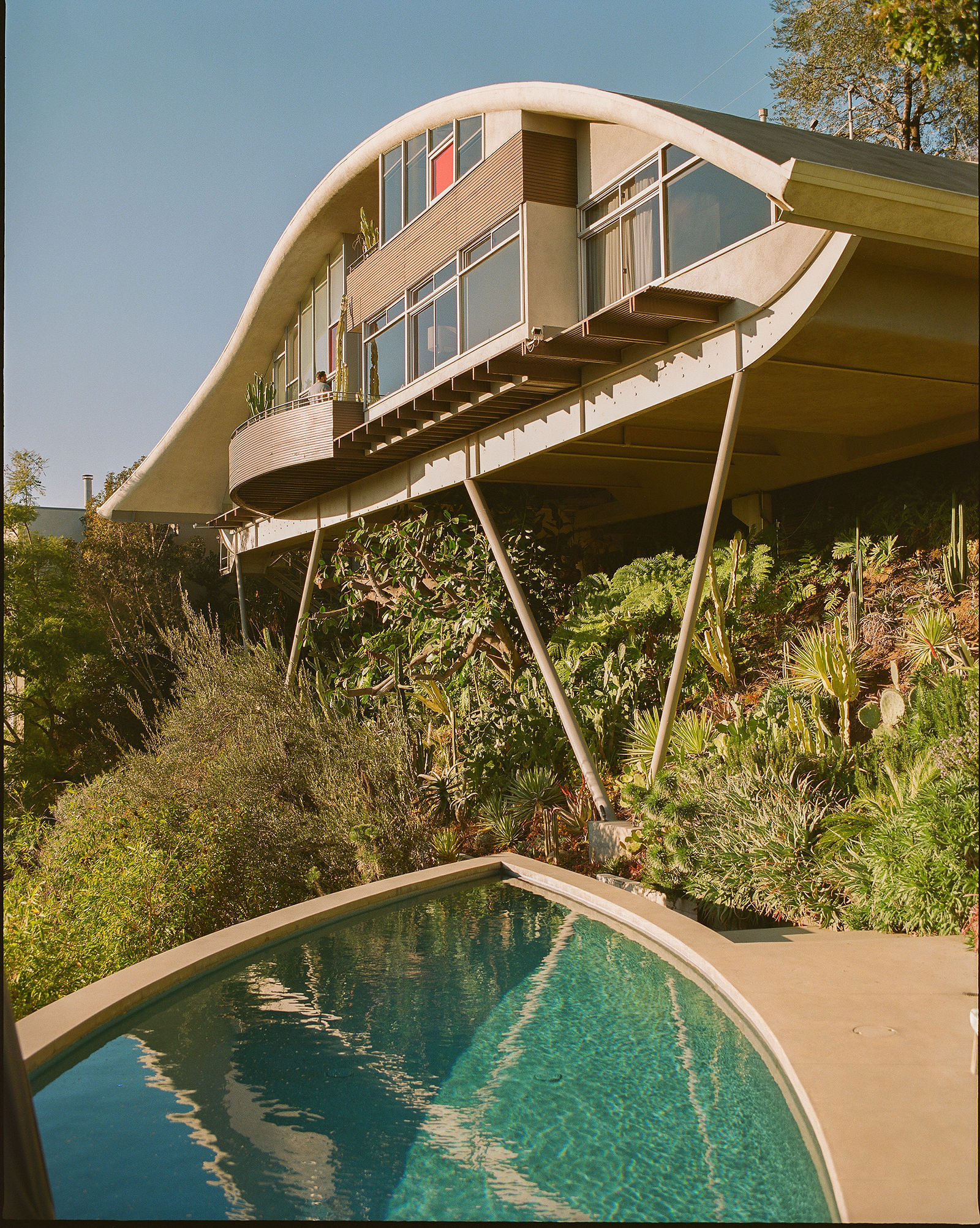
John Lautner's Garcia House
Meet John Sharp, founder and principal designer of Studio John Sharp

W*: What is the perfect garden for you?
John Sharp: The perfect garden yields a totally new dimension. It is a sensory and extraordinary place where the noise is lost and new music begins. Botanical surprises appear throughout changing seasons. It offers an escape from reality. The opportunity for a design that rewilds and welcomes the natural world to return.
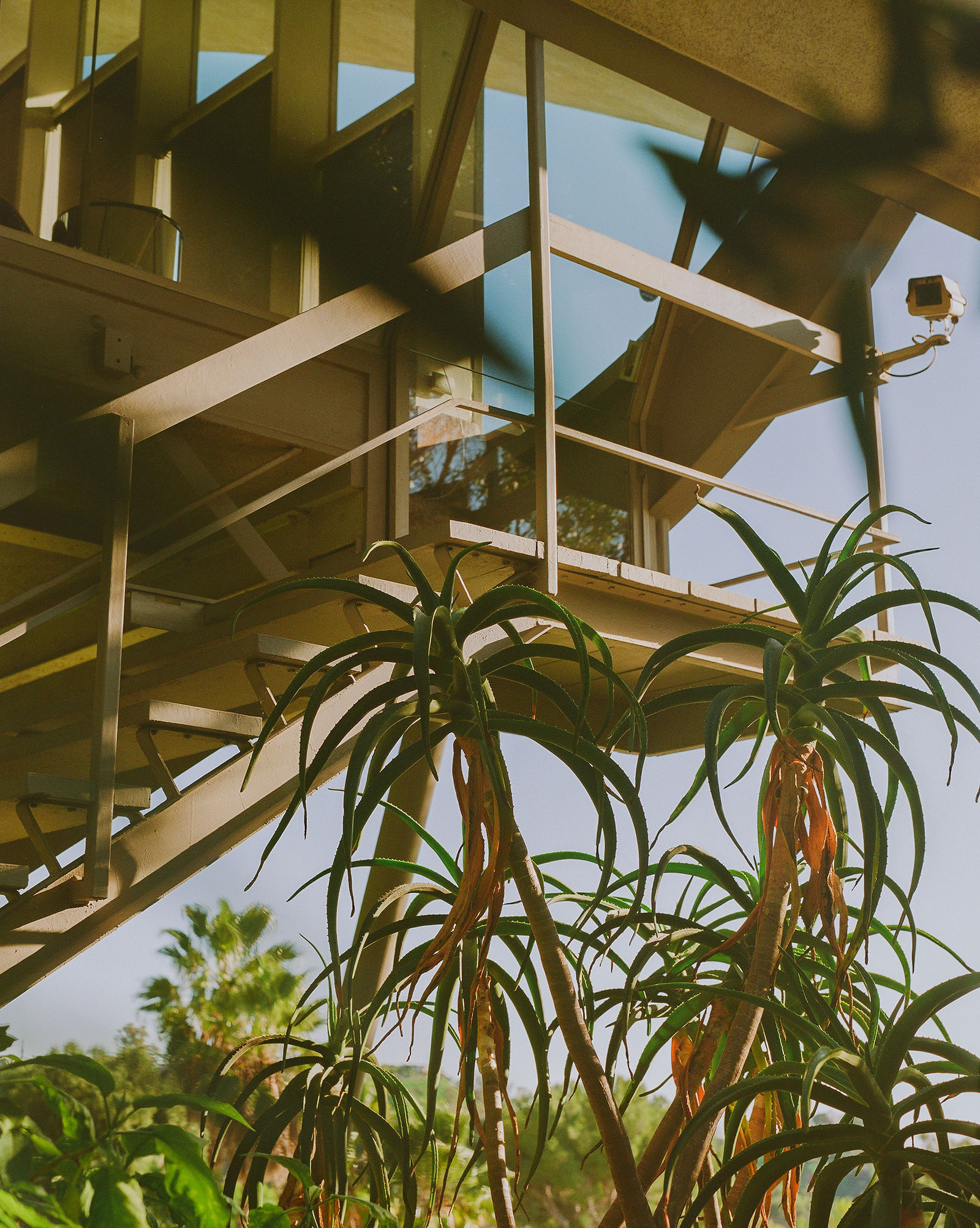
The garden at Garcia House
W*: What role does architecture play in your landscape design?
JS: We work with many existing landmark modernist homes in Los Angeles. In a new project in the Trousdale Estates, we are working carefully with the architectural legacy of Raul Garduno. We have been fortunate to work on projects created by legends like John Lautner and Richard Neutra. It's essential to carry the architectural DNA – existing or reimagined – throughout a whole project. We take great consideration with every detail, from exterior lighting to the garden compositions and exterior furnishings, to create in the space [that exists] between two worlds – the preservation of legacy and definitions of the future. The gardens growing in many of these iconic midcentury homes have never been designed, so the retro-future lens applies often in our practice.
We take a holistic approach with exteriors and lifestyle – working hard to understand the needs of the place and the people that enjoy it. Architectural considerations are made throughout the design-build process – from plant selections to the form and materiality of built features – pool grottos, outdoor showers, ice baths, saunas, ADUs [accessory dwelling units], edible garden structures, and chicken coops. For a recent project in Texas, we designed and built a brick moon tower for celestial viewing. I am most interested in how architecture connects us to a landscape.
We have been trapped inside a lawn narrative for far too long
John Sharp

Palm Springs garden
W*: Do you feel modernist architecture fits a certain style of garden?
Receive our daily digest of inspiration, escapism and design stories from around the world direct to your inbox.
JS: I think a lot about the architecture of plants – how their structure and shape form to craft the perfect botanical narrative. Modernist homes call for gardens that look timeless as if they had been established long ago. I aim to bridge what has been done with new ideas that have yet to be seen. To be both utterly original and inspired by the best garden trends.
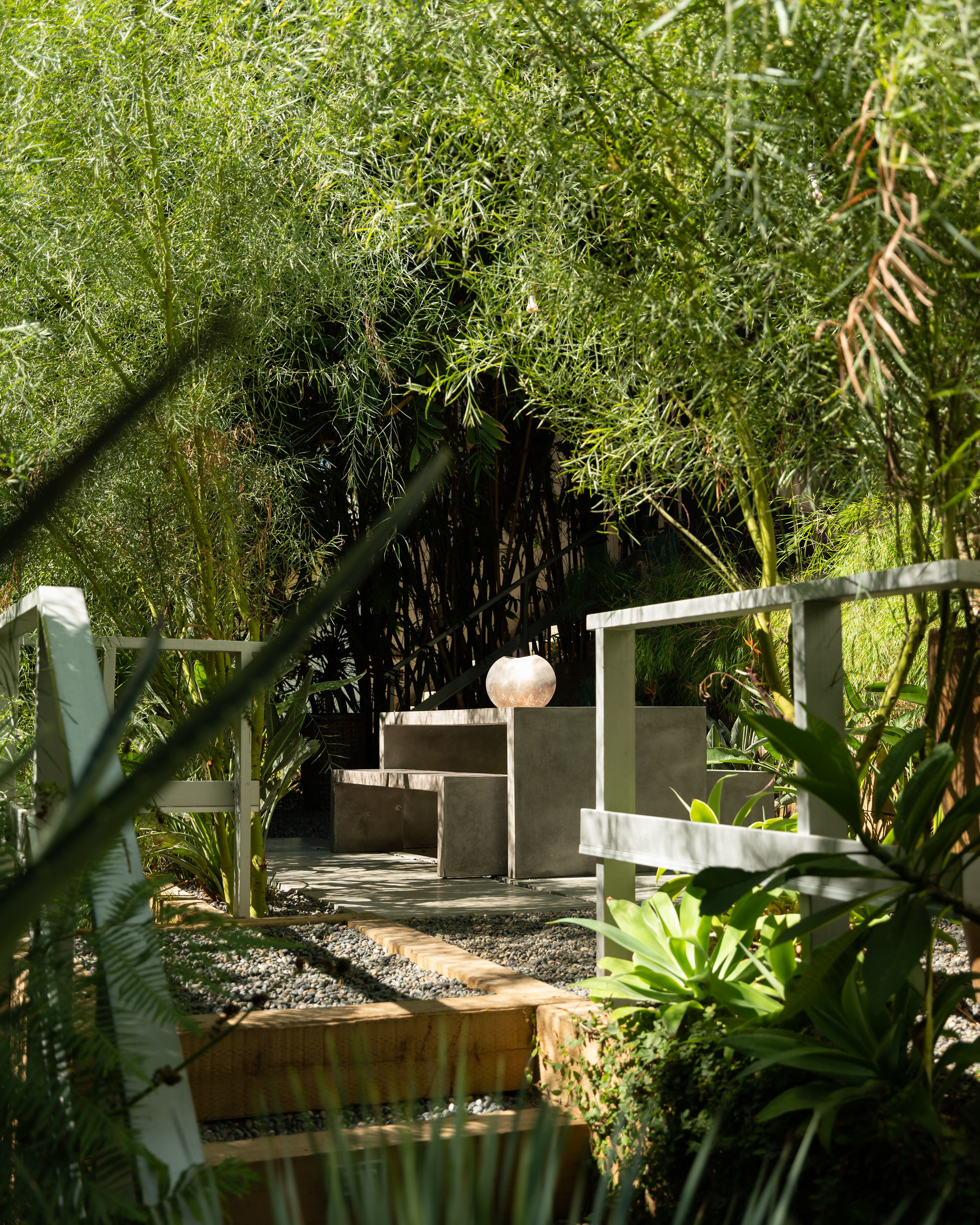
Hollywood Hills garden
W*: What do you think is the most overlooked feature in a garden?
JS: The most overlooked components of a garden are purpose and use. We have been trapped inside a lawn narrative for far too long. We are interested in building nurturing ecosystems for life to thrive – people, plants and pollinators alike. I am interested in gardens that embody values – for nature to return, for people to connect and dream, and organic playscapes for discovery, exploration and learning. A successful garden design activates all the senses, perhaps a few you might not even know you have.

The Ford Estate
W*: Wild-looking or manicured? What criteria do you use to choose between the two, when you decide on a new garden's direction?
JS: LOL, manicured is never it.
W* What would you consider a garden's biggest asset?
JS: Its ability to create its own energy, hold time, and reconnect us with the earth, each other and ourselves through it.
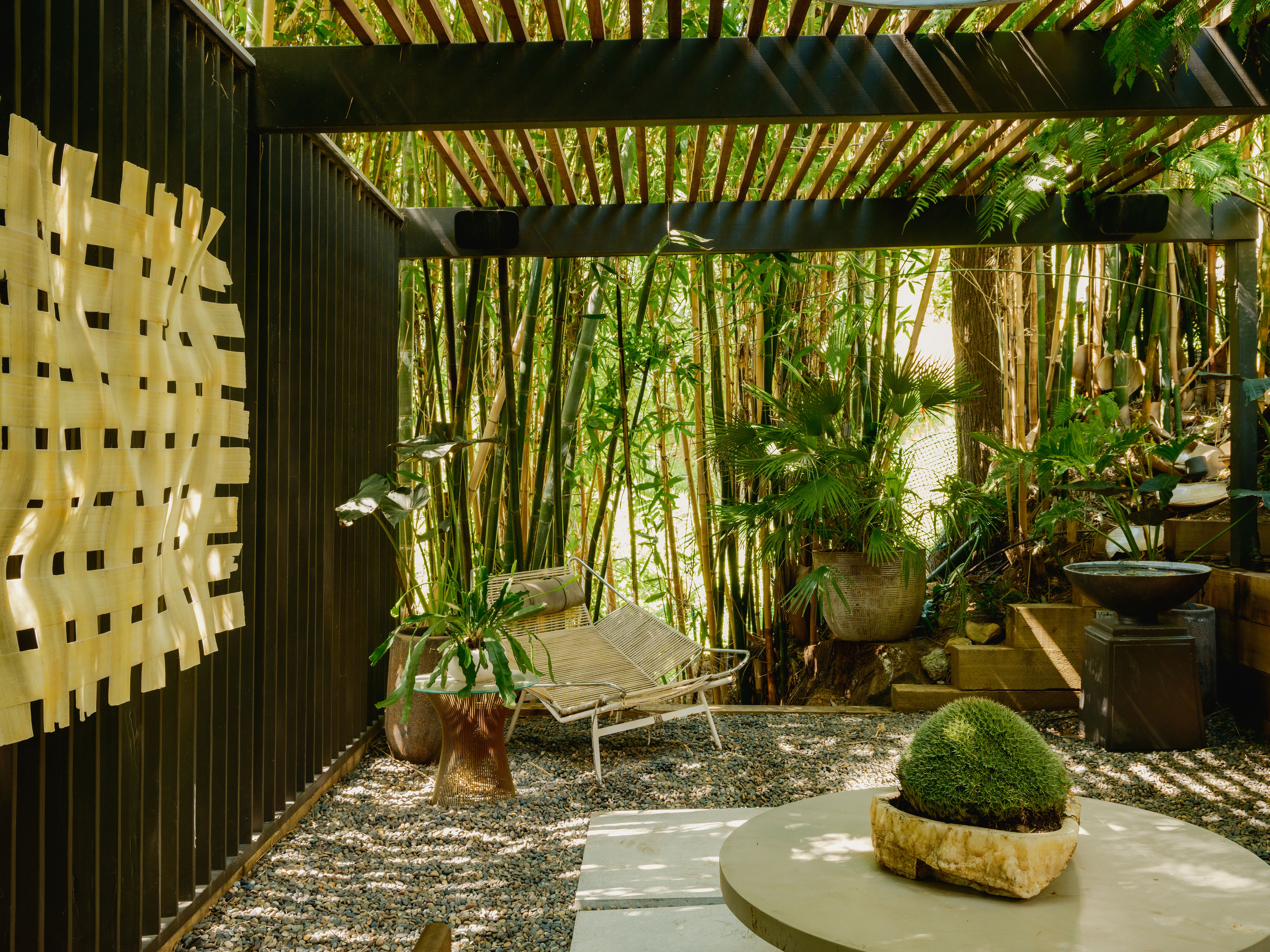
Hailey House by Richard Neutra
Ellie Stathaki is the Architecture & Environment Director at Wallpaper*. She trained as an architect at the Aristotle University of Thessaloniki in Greece and studied architectural history at the Bartlett in London. Now an established journalist, she has been a member of the Wallpaper* team since 2006, visiting buildings across the globe and interviewing leading architects such as Tadao Ando and Rem Koolhaas. Ellie has also taken part in judging panels, moderated events, curated shows and contributed in books, such as The Contemporary House (Thames & Hudson, 2018), Glenn Sestig Architecture Diary (2020) and House London (2022).
-
 Taiwan’s new ‘museumbrary’ is a paradigm-shifting, cube-shaped cultural hub
Taiwan’s new ‘museumbrary’ is a paradigm-shifting, cube-shaped cultural hubPart museum, part library, the SANAA-designed Taichung Green Museumbrary contains a world of sweeping curves and flowing possibilities, immersed in a natural setting
-
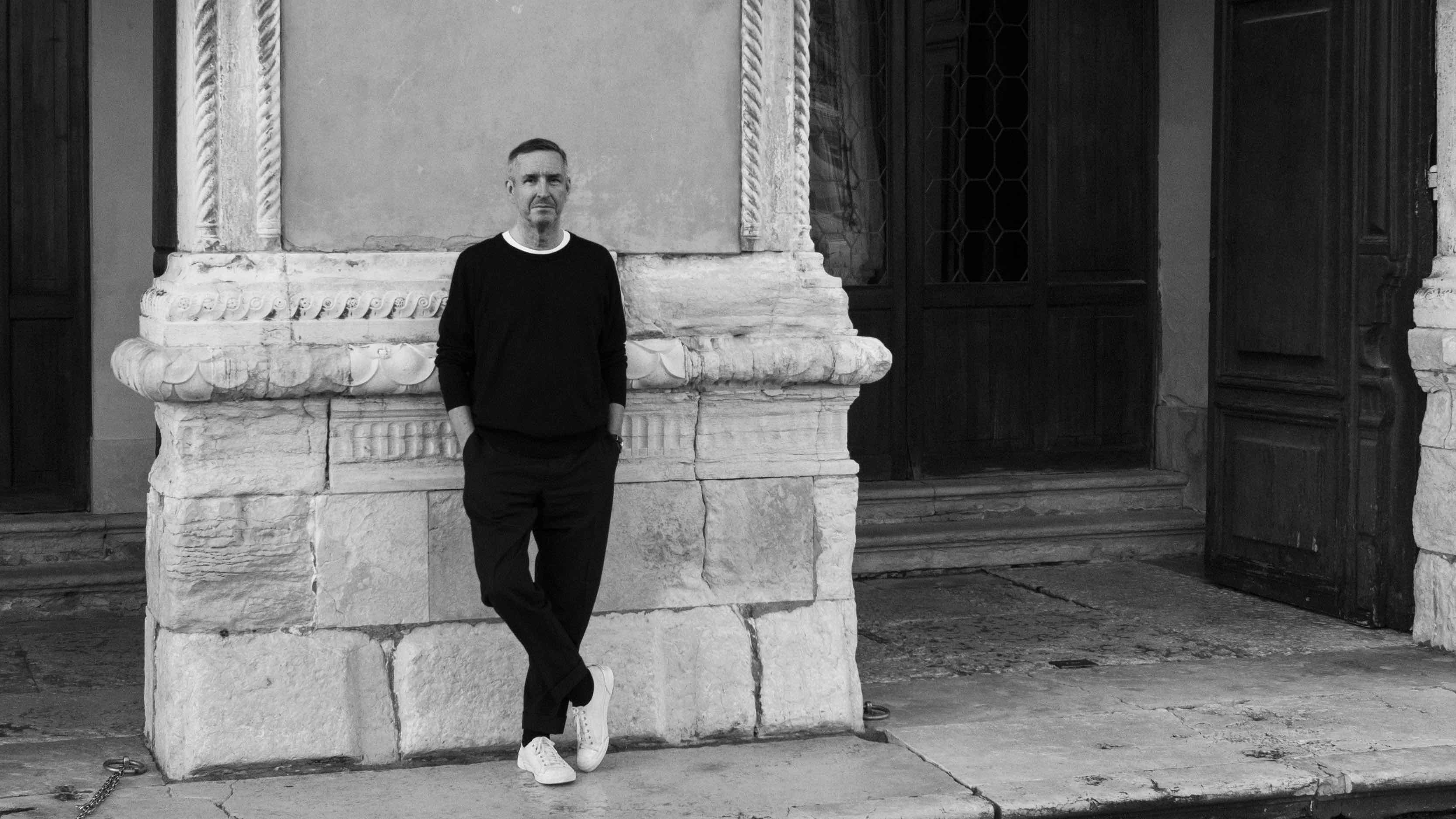 Dries van Noten on why he's building a new home for craft in Venice
Dries van Noten on why he's building a new home for craft in VeniceA year after departing the runway, Dries van Noten unveils his next chapter: the Fondazione Dries Van Noten, a newly announced cultural initiative in Venice celebrating craft in all its forms. Wallpaper meets the designer to find out why he’s not ready to retire.
-
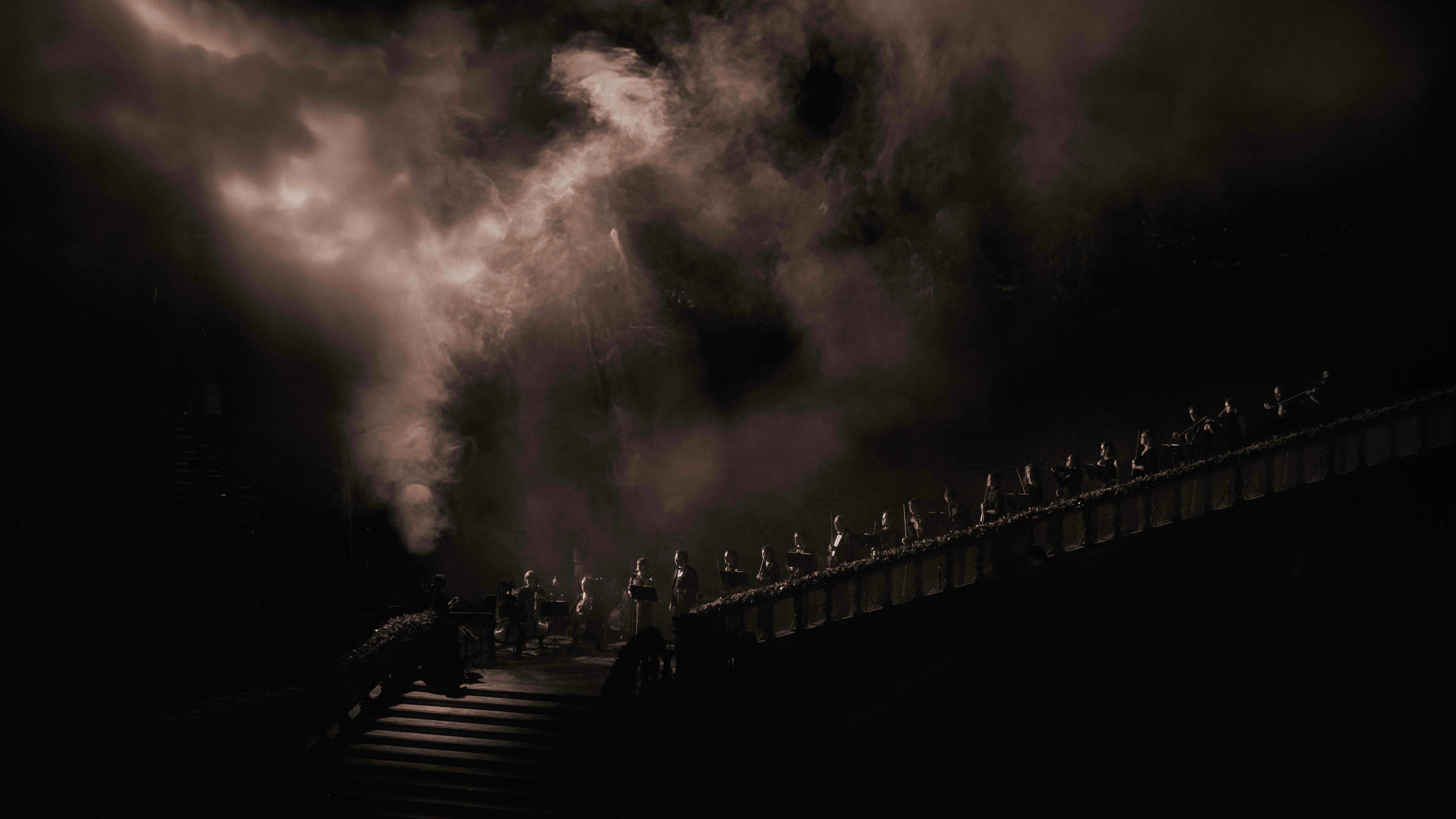 Alexander Wessely turns the Nobel Prize ceremony into a live artwork
Alexander Wessely turns the Nobel Prize ceremony into a live artworkFor the first time, the Nobel Prize banquet has been reimagined as a live artwork. Swedish-Greek artist and scenographer Alexander Wessely speaks to Wallpaper* about creating a three-act meditation on light inside Stockholm City Hall
-
 Step inside this resilient, river-facing cabin for a life with ‘less stuff’
Step inside this resilient, river-facing cabin for a life with ‘less stuff’A tough little cabin designed by architects Wittman Estes, with a big view of the Pacific Northwest's Wenatchee River, is the perfect cosy retreat
-
 Remembering Robert A.M. Stern, an architect who discovered possibility in the past
Remembering Robert A.M. Stern, an architect who discovered possibility in the pastIt's easy to dismiss the late architect as a traditionalist. But Stern was, in fact, a design rebel whose buildings were as distinctly grand and buttoned-up as his chalk-striped suits
-
 Own an early John Lautner, perched in LA’s Echo Park hills
Own an early John Lautner, perched in LA’s Echo Park hillsThe restored and updated Jules Salkin Residence by John Lautner is a unique piece of Californian design heritage, an early private house by the Frank Lloyd Wright acolyte that points to his future iconic status
-
 The Stahl House – an icon of mid-century modernism – is for sale in Los Angeles
The Stahl House – an icon of mid-century modernism – is for sale in Los AngelesAfter 65 years in the hands of the same family, the home, also known as Case Study House #22, has been listed for $25 million
-
 Houston's Ismaili Centre is the most dazzling new building in America. Here's a look inside
Houston's Ismaili Centre is the most dazzling new building in America. Here's a look insideLondon-based architect Farshid Moussavi designed a new building open to all – and in the process, has created a gleaming new monument
-
 Frank Lloyd Wright’s Fountainhead will be opened to the public for the first time
Frank Lloyd Wright’s Fountainhead will be opened to the public for the first timeThe home, a defining example of the architect’s vision for American design, has been acquired by the Mississippi Museum of Art, which will open it to the public, giving visitors the chance to experience Frank Lloyd Wright’s genius firsthand
-
 Clad in terracotta, these new Williamsburg homes blend loft living and an organic feel
Clad in terracotta, these new Williamsburg homes blend loft living and an organic feelThe Williamsburg homes inside 103 Grand Street, designed by Brooklyn-based architects Of Possible, bring together elegant interiors and dramatic outdoor space in a slick, stacked volume
-
 This ethereal Miami residence sprouted out of a wild, jungle-like garden
This ethereal Miami residence sprouted out of a wild, jungle-like gardenA Miami couple tapped local firm Brillhart Architecture to design them a house that merged Florida vernacular, Paul Rudolph and 'too many plants to count’